This post shows students and new users steps to turn IPv6 on or off when using Windows 11. IPv6 is enabled by default in Windows 11. If your environment does not need IPv6 or wants to disable it so it doesn’t interfere with application settings, you can do so with a few clicks.
IPv6 is the next-generation Internet Protocol (IP) standard intended to eventually replace IPv4, which has fewer features and is limited in number compared to IPv6. However, IPv6 adoption in some areas is slow; for legacy systems, it’s entirely not available.
Home users and folks using Windows 11 to get essential work done shouldn’t worry themselves with IPv6. Having IPv4 and IPv6 running on the system won’t hurt many cases. There are very few situations where IPv6 may be disabled or turned off.
The new Windows 11 comes with many new features for new user desktops, including a centered Start menu and taskbar, rounded corners, windows, themes, and colors that will make any Windows look and feel modern.
To get started with disabling or enabling IPv6 in Windows 11, follow the steps below:
How to turn off IPv6 in Windows 11
By default, IPv6 is enabled and running in Windows 11. IPv4 and IPv6 are available; running them won’t hurt in cases.
However, if you have exceptional cases needing IPv6 turned off, use the steps below.
Windows 11 has a centralized location for the majority of its settings. Everything can be done, from system configurations to creating new users and updating Windows from its System Settings pane.
To get to System Settings, you can use the Windows key + I shortcut or click on Start ==> Settings, as shown in the image below:
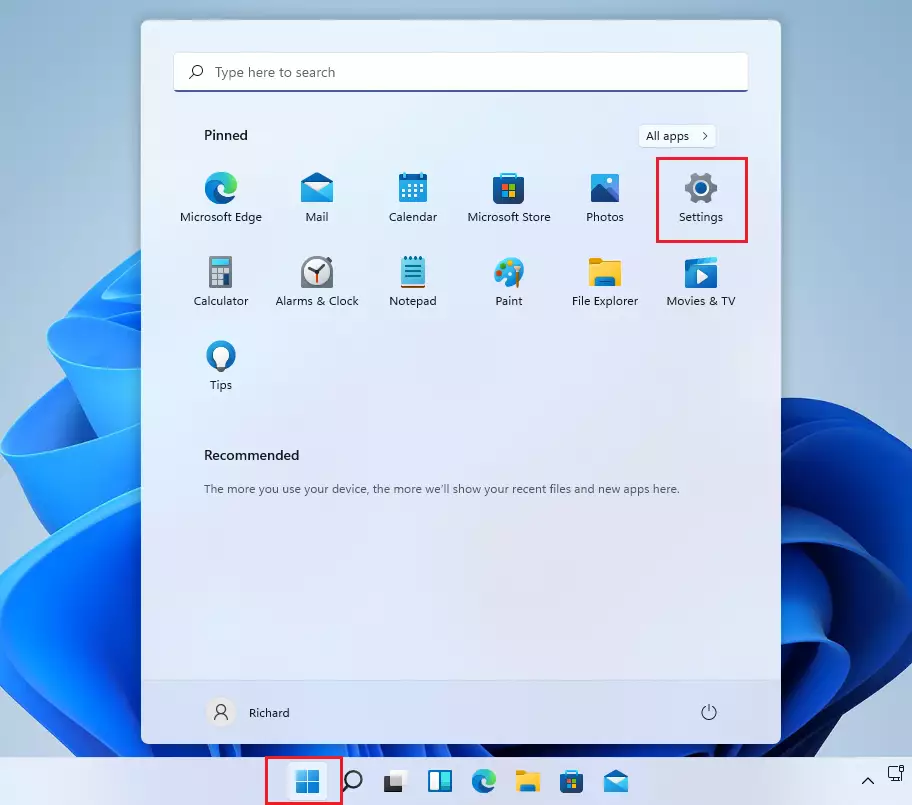
Alternatively, you can use the search box on the taskbar to search for Settings. Then select to open it.
Windows Settings pane should look similar to the image below. In Windows Settings, click Network & Internet, and select Advanced network settings on the right pane of your screen, as shown in the image below.
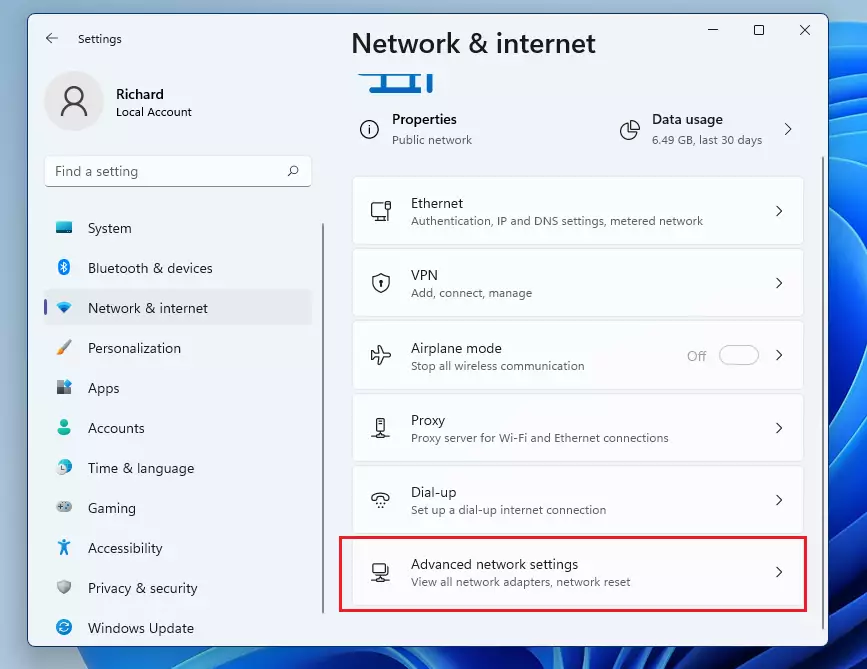
Select the More network adapter option on the Advanced network settings pane below.
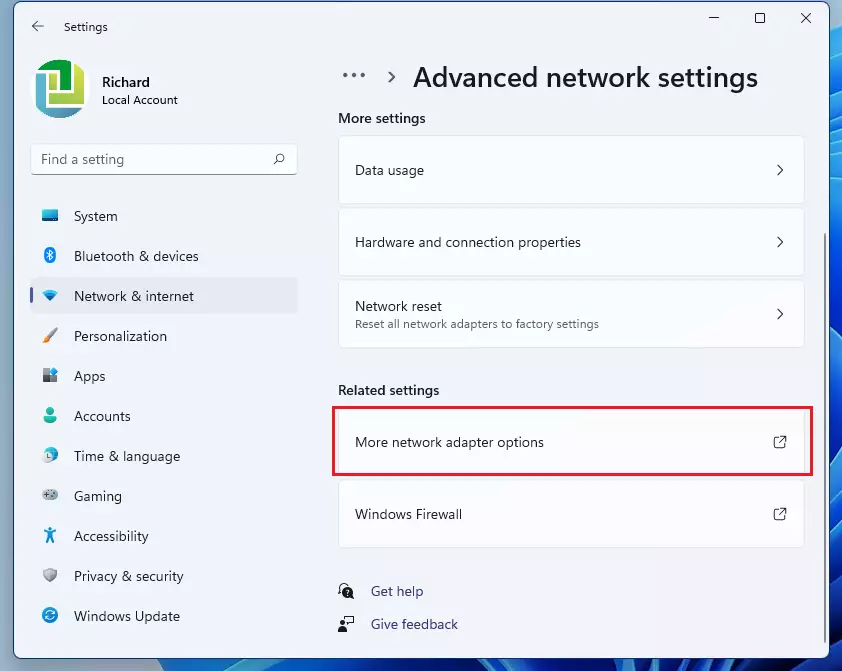
That will open Windows Ethernet and Wi-Fi adapter settings pane. On the Network connection pane, select either Wi-Fi or Ethernet connection. Right-click the connection, then choose Properties.
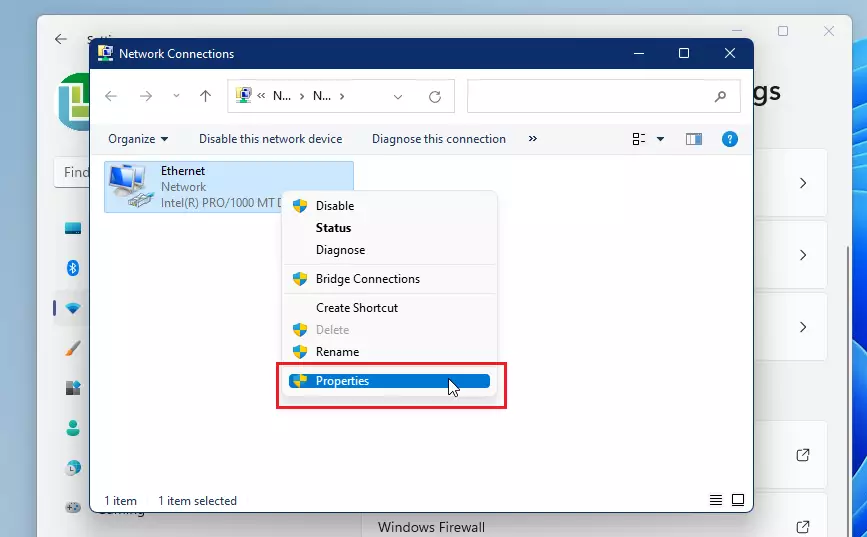
When the Properties settings pane opens, scroll down the list and uncheck the box for Internet Protocol Version 6 (TCP/IPv6), as highlighted below. After unchecking the box, click OK to save your changes.
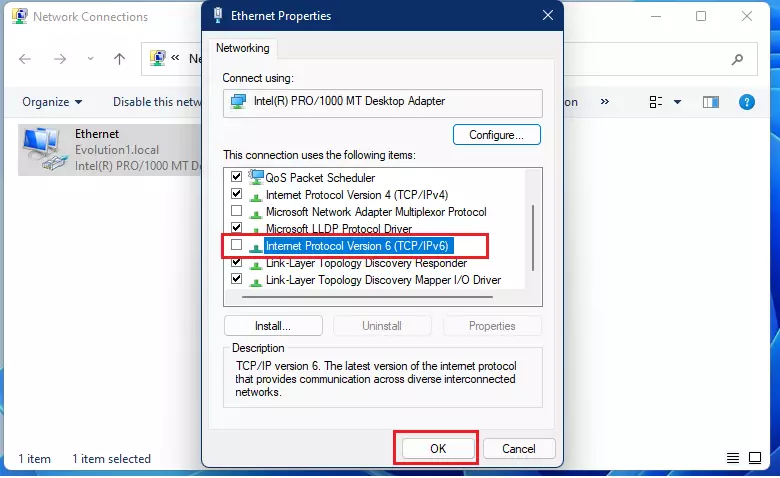
How to disable IPv6 via PowerShell in Windows 11
Another way to disable IPv6 in Windows 11 is from the PowerShell console. To do that, click the Start button, then search for and select “PowerShell.” Right-click Windows PowerShell apps and choose Run as administrator.

When it’s open, run the command below to show all network adapters on the system.
Get-NetAdapterBinding -ComponentID ms_tcpip6
Look at the list, and take note of the adapter names under the Name column.
Name DisplayName ComponentID Enabled ---- ----------- ----------- ------- Ethernet Internet Protocol Version 6 (TCP/IPv6) ms_tcpip6 True Wi-Fi Internet Protocol Version 6 (TCP/IPv6) ms_tcpip6 True
To turn it off, run the command below using the adapter name.
Disable-NetAdapterBinding -Name "Adapter Name" -ComponentID ms_tcpip6
Replace the “Adapter Name” in the command above with the adapter you want to turn off IPv6.
If you want to turn off IPv6 on all the adapters, run the commands below:
Disable-NetAdapterBinding -Name "*" -ComponentID ms_tcpip6
How to enable IPv6 on Windows 11
If you change your mind about disabling IPv6 on your network adapters, you can enable it simply by reversing the steps above.
The PowerShell command to enable IPv6 is:
Enable-NetAdapterBinding -Name "*" -ComponentID ms_tcpip6
That should do it!
Conclusion:
- Disabling IPv6 in Windows 11 is straightforward and can be done through System Settings and PowerShell commands.
- While IPv6 is enabled by default, most home users do not need to worry about disabling it unless specific issues arise.
- IPv4 and IPv6 can coexist without causing significant problems, but disabling IPv6 may be necessary for certain specific applications.
- Familiarizing yourself with these settings can help streamline your network configuration and address any unique requirements you may encounter.
- Consider the implications of disabling IPv6 and revert the changes if needed for future compatibility.

Leave a Reply